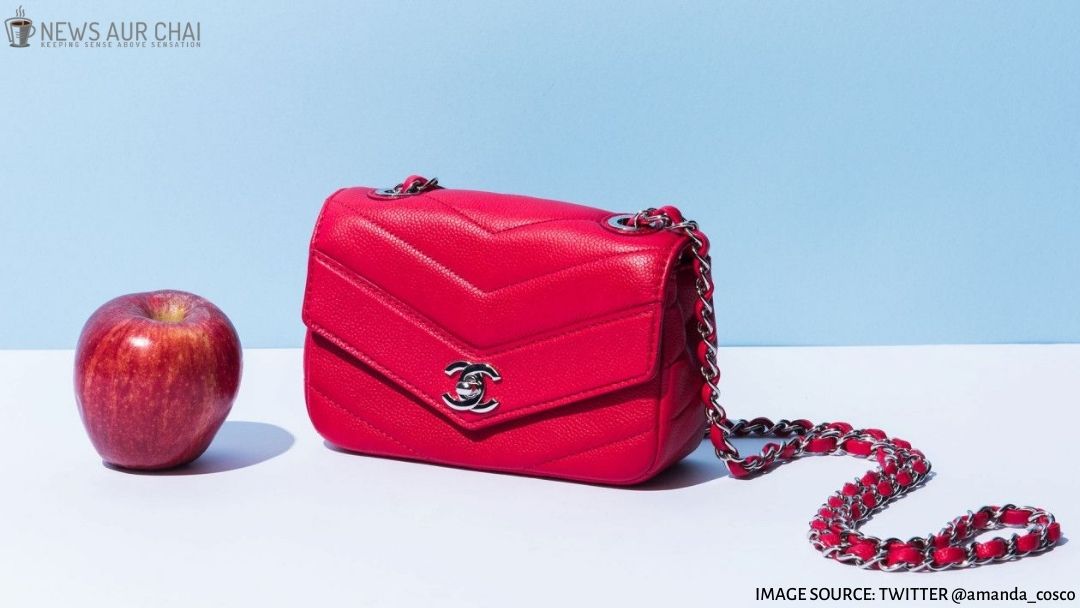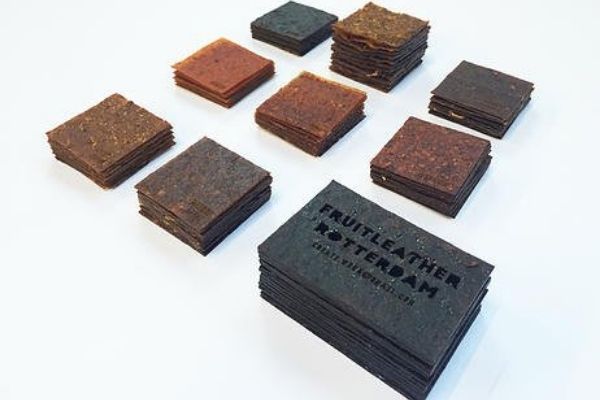
How would it feel to own a leather bag made out of fruit waste? Well, the idea may sound extraordinary, but fashion is about conceptualizing extraordinary ideas and prod the trend. The world of fashion is witnessing a revolution — determined to take sustainability at its core.
The future of fashion beholds cultivating change by piquing ecological integrity and social justice. As people are bothered about the harmful consequences the fashion industry bore on the environment, demands for sustainable alternatives became vehement. One baby step towards the aim is — an alternative for leather.
Leather — a raw material that draws equivalence to extravagance and luxury in its most unadulterated form, bears severe environmental impacts. You might have come across a fancy rare leather bag or a cool jacket — one of its kind in the market — costing around a couple of lakhs if not more, but along with it comes an extensive rearing of livestock.
Yes, the rare bag and the cool products are proffered to you, cost the lives of innocent animals; real leather is not synthetically made but is produced from animal hide, and the one made synthetically is equally harmful to the environment at its disposal. The genuine leather extracted from animal skin, such as cowhide, buffalos, goats, and exotic animals such as snakes and alligators. As much it concerns the environment, it is ethical turpitude to exploit the animals for the highly self-indulgent product.
Research has explicated that approximately 65 per cent of leather comes from cows, 15 per cent from sheep, 11 per cent from pigs, and 9 per cent from goats and less than 0.2 per cent comes from any other type of animal. However, with this in mind, some of the most unique and exceptional leather products are designed from the most unusual and less common hides.
Exotic leather, such as snake, alligator, and crocodile skin, are publicly available in Asia but deemed by many unethical, since the leather is not a byproduct, and in some cases, the animals are endangered. Ostrich skin is an unusually popular corporeality used by some designer labels due to its unique texture–where the skin is predominantly shipped from Africa, as this bird is used for their feathers, meat, and eggs in the region.
The top six countries producing tanned leather are China, Italy, India, Brazil, Korea, and Russia. Hides are regularly procured from animals in these countries and dispatched to other countries for concocting. Even though many other countries are renowned for their leather production, 80 per cent of the world’s leather products are made in China.
The manufacturing of animal-based leather typically comprises dangerous substances such as formaldehyde and heavy metals such as chrome. The handling, as well as their disposal in water, is precarious to the environment and has massive carbon footprints.
Artificial leather is ordinarily composed of petroleum and has processing problems of its own. As the customers now are solicitous to the environment, designers and manufacturers are endeavoring to gather alternative materials. The pressure bore the emergence of the new trend — fruit waste-based leather.

The fruit waste-based leather is either stemmed from leftover fruits or fruit waste sourced from markets that would otherwise be thrown away as waste. As customer demand for sustainable alternatives continues to grow, more fashion brands are initiating to fuse food waste into their eco-friendly designs.
Compared to traditional leather, the fruit waste-based leather material is not only environmentally friendly, economically viable, but ethically sourced and doesn’t harbor animal cruelty in its manufacturing. The fruit waste-based leather trend reduces food waste and depreciates the environmental footprint of material and textile production.
Some exemplary examples of this extraordinary sustainable trend include — Pinatex — made of pineapple leaves, a byproduct of the pineapple harvest, so no extra water, land, or pesticides are required for their production. Pineapple leaves, which were burnt or disposed, can now generate additional income for the farmers and simultaneously help in conserving the environment.
Several ethical fashion brands such as Bourgeois Boheme, Nae Vegan, and Po-Zu have incorporated Piñatex in their sustainable fashion solution. Likewise, Mango-fruit waste and banana fruit are also used to produce lasting leather.
The fashion industry, infamous for the transient trends, will have to endeavor for a sustainable passageway in the gleams of fast fashion— and such as the fruit waste-based leather, the industry can supplant the existing raw materials with an array of viable trendsetting alternatives.





